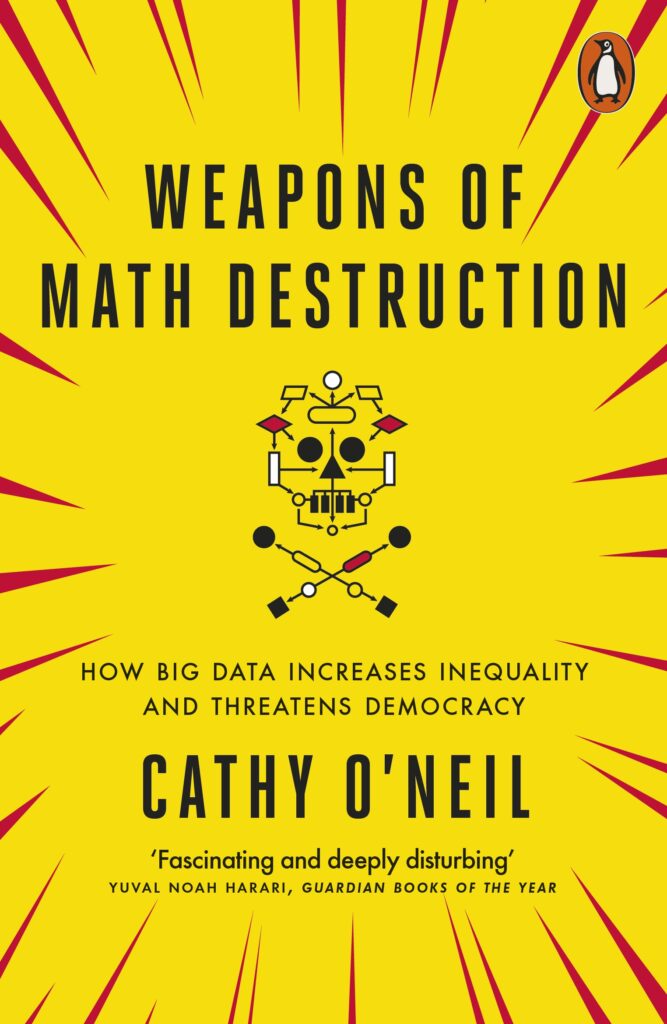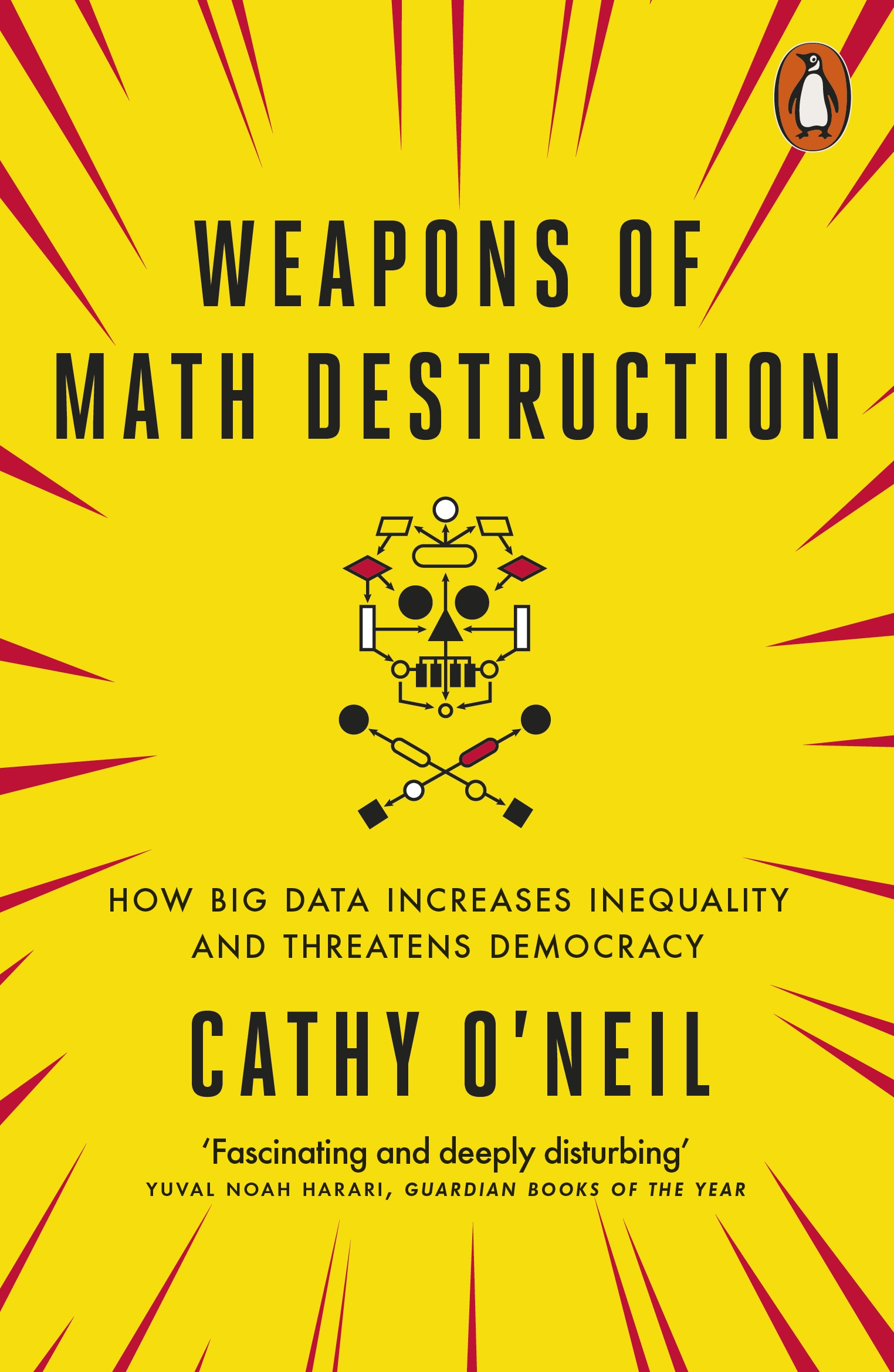
I recently finished the book Weapons of Math Destruction by Cathy O’Neil. This fascinating book talks about when microtargeting and algorithms are used to exact terrible outcomes on society. O’Neil highlights trending topics algorithms and data-driven microtargeting as a factor in society that increases inequality, reinforces discrimination, and threatens to collapse social justice. She should know, she created WMDs for years and is now one of the strongest voices speaking out against the algorithms that control our lives.
What does this have to with public relations? Take this ride with me, we will get there.
To paraphrase O’Neil, an algorithm becomes a WMD when a combination of opacity, scale, and potential damage are aligned in a way and directed at a group to increase the likelihood of discrimination, inequality and to enable predatory practices. A WMD is when an algorithm is enabling a decision in a way that is not clear or lacks the ability to view the data, affects a small population in a large way or a large population in a way that divides, and allows microtargeting to exact vicious practices on a vulnerable population.
O’Neil discusses the effects of WMDs in criminal justice, the financial sector, education, and politics. I highly recommend reading this especially if you are interested in the influence of big data in these areas. What concerns me about its effect on public relations is the fact that WMDs are pervasive and worming their way in. I am particularly concerned that it is finding a way in through a tried and tested tool of public relations, the audience analysis.
PR practitioners have been using audience analysis as a method of message crafting since the beginning of the profession. It usually involved determining demographic, attitudinal and environmental information about our audiences and using that information to craft a message. This was done long before big data got its grips on defining our audiences. The goal was to further a mutually beneficial relationship between an organization and its publics. The audience analysis was a function performed by the in-house communications team or a professional agency hired to align the organization’s communication plan with its strategic goals.
I have had 15 years of designing, assessing, and executing strategic communications for major government organizations. Therefore, it is disheartening to get a large number of advertisements from organizations promising to “turn audience analysis into a single step process” to help me “find” my target audience. Largely these are social media management companies and they are conflating target audience with audience targeting. That is to say, they are going to tell me who I should communicate with, not to help me better reach my audience.
Audience analysis is never a one-step process and it has to originate in the value proposition and strategic plan of the organization and audience targeting isn’t meant to make your organization change it’s value position to match whatever audience you can micro-target. These companies and the algorithms they use put the cart before the horse in a way that is not only detrimental to your business but at times can be unethical. Microtargeting does nothing to introduce you to your audience or to build a relationship. It influences you to change and can easily compromise your values to get that influence or that audience that the algorithm tells you that you need to obtain.
O’Neil proposes a Hippocratic Oath when it comes to data analytics in order to lessen the effects of WMDs. Data analytics and microtargeting can also be used to help society if it comes from a place of openness, the scale is kept manageable, and it serves the public good. In public relations, we need to take this to heart as well. Since our purpose is to build relationships (it’s in the job title) we cannot take the human perspective out of the process. Audience analysis is a human process that can be helped by data, but it must remain a human process.


